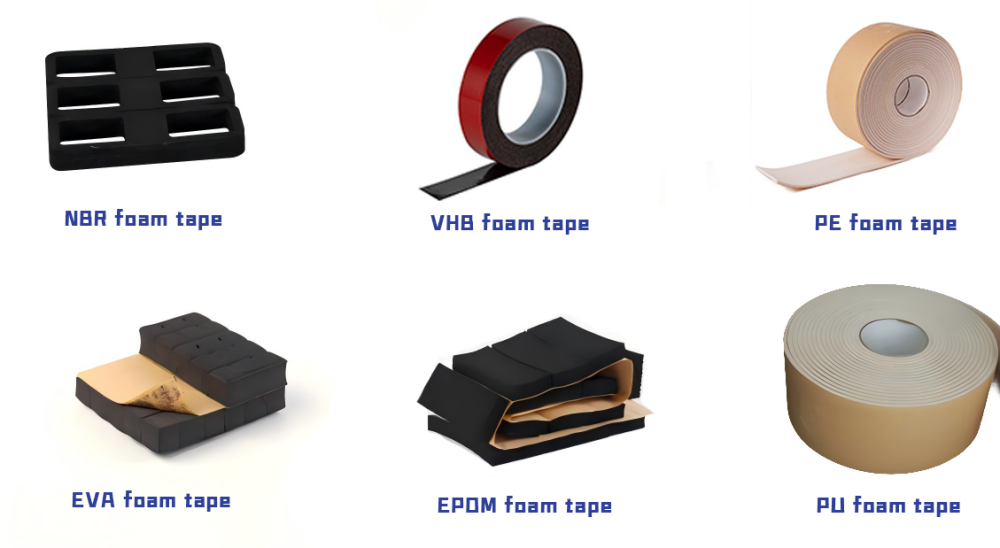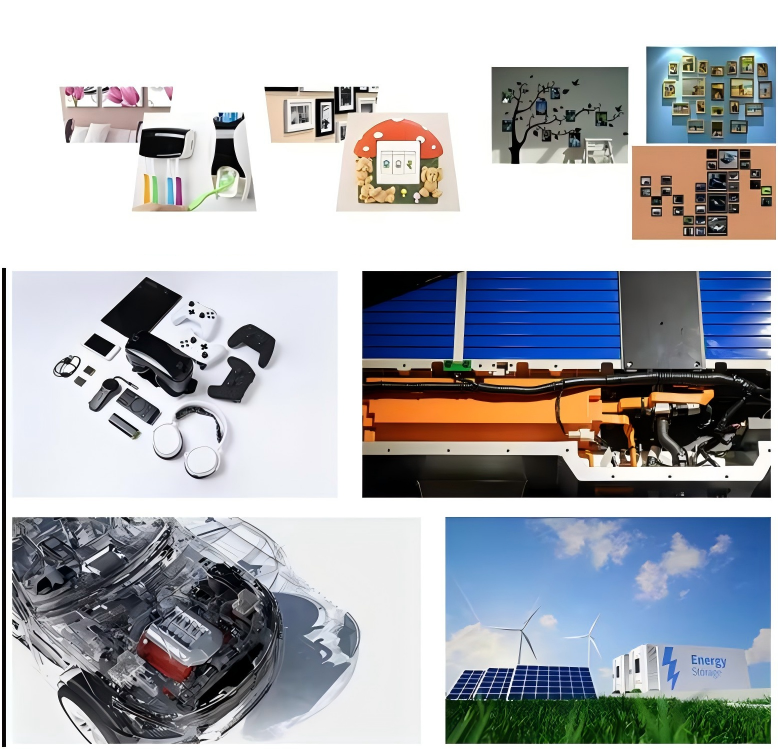Foam tape is not a single product; it is categorized into various types based on its structure and adhesive composition. From a structural perspective, closed-cell foam tape has superior water resistance, moisture resistance, and soundproofing capabilities because its internal cells are not interconnected. It is often used for sealing and cushioning. Conversely, open-cell foam tape, due to its good breathability and high flexibility, is more commonly used for filling and sound absorption. When it comes to adhesives, acrylic-based foam tape offers excellent weather and high-temperature resistance with long-lasting adhesion, making it suitable for long-term fixation and outdoor applications. In contrast, rubber-based foam tape has strong initial tack and is easier to work with, making it ideal for quick bonding and short-term use. Understanding these fundamental differences is the first step in selecting the appropriate tape.

Due to its unique physical properties, foam tape has become integral to many aspects of our lives. In household settings, it can be used to mount picture frames, decorative items, or to seal doors and windows for sound and thermal insulation. In industrial applications, it plays an even more crucial role. For example, in automotive manufacturing, it is used to secure interior components and reduce vibration noise. In electronics manufacturing, it is used to bond screens and casings while also providing dust-proofing and cushioning. In the construction industry, high-density foam tape is often used for structural glazing on curtain walls, providing strong adhesion and resistance to harsh weather conditions. These diverse applications demonstrate the powerful potential of foam tape as a versatile bonding solution.

To make an informed choice, you need to consider multiple factors. First, the temperature of the application environment is a decisive factor; for instance, in high-temperature or low-temperature settings, you need to select a tape with good temperature resistance to ensure the bonding effect is not compromised. Second, the material of the surface being bonded is also very important; different materials (such as metal, plastic, wood, or glass) have different requirements for adhesive strength, and surface roughness can also affect the bonding performance. Lastly, the thickness and density of the tape should not be overlooked. A thicker tape can better fill uneven surfaces, while a high-density tape provides stronger support and compression resistance. When making your choice, you must weigh these factors based on your specific needs.
Correct application methods and maintenance can significantly extend the lifespan of foam tape, ensuring its performance is maximized. Before application, it is essential to thoroughly clean and dry the bonding surface, removing all dust, grease, and moisture. This is fundamental to achieving the best bonding results. When applying the tape, ensure even pressure is applied to allow the tape to make full contact with the surface. It is generally recommended to apply consistent pressure for a certain period to facilitate full curing of the adhesive. For tape that has been applied, avoid prolonged exposure to extreme temperatures and humid environments. If possible, it is advisable to store the tape in a cool, dry place away from direct sunlight. This can effectively maintain the tape's tackiness and elasticity.